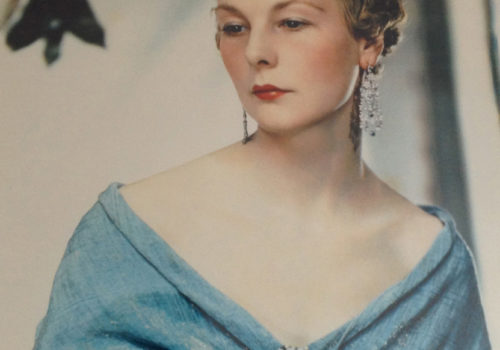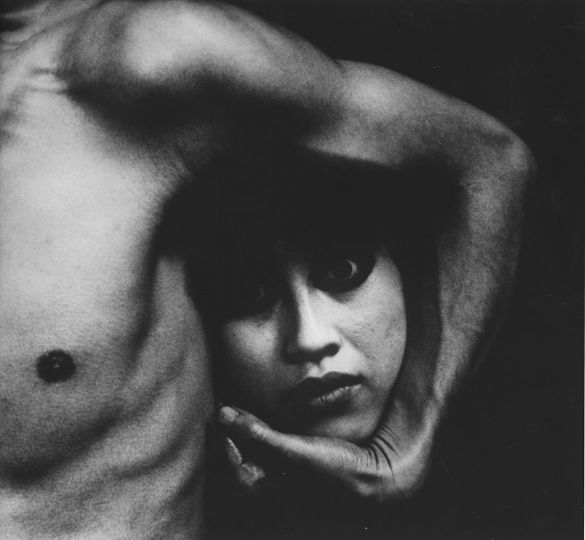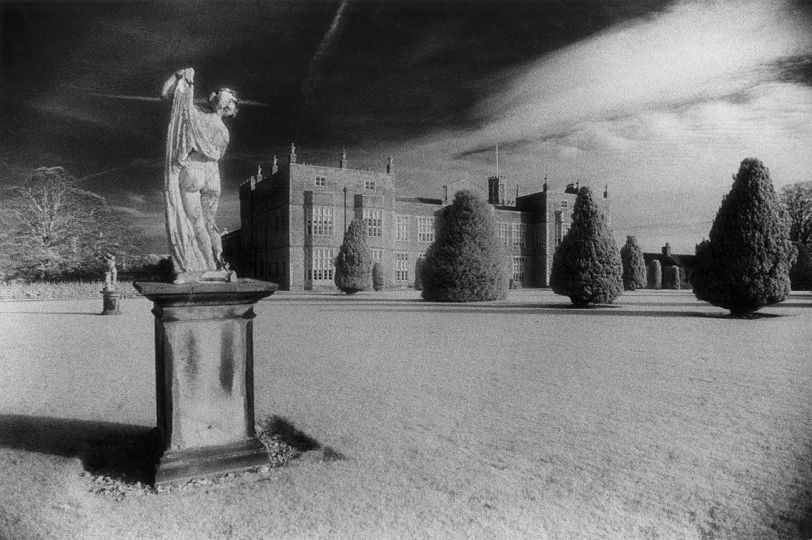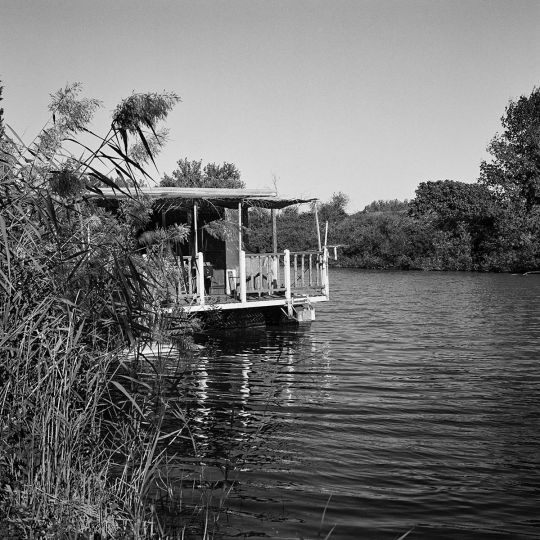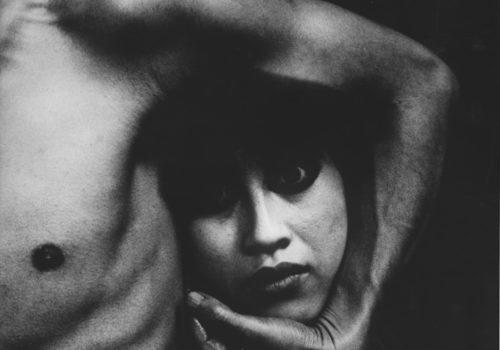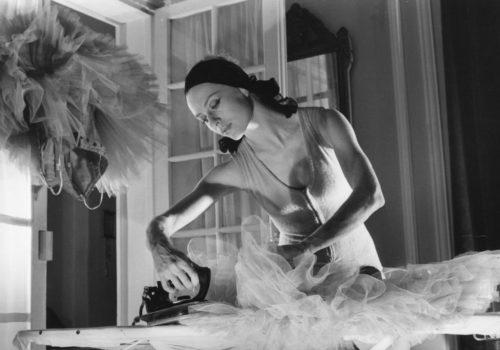The very last thing will be an image, not a word, the words die before the pictures. – Christa Wolf
Every collection has its own history and literature. The exhibition allows both the collector and the viewer to make a narrative to the extent that the images are organized. When building or looking at a collection, one should not aim for what is acceptable, which is conventional, but one must explore how and when this basic form of expression is the act of looking at or to collect pieces, crosses the threshold of the ordinary to go to something more refined, more provocative and permanent.
Photography has acquired unparalleled importance; we are images in a saturated world and photography has become inherent to our lives. We are able to have memories because our memory is made of many snapshots taken to be remembered. To collect is to reap the world and we must choose, of course, some photographs among others to turn them into testimonies according to our conception of seeing this world. Each photograph breaks the reality and frees another to engage in an enigmatic life that it belongs to.
Oliver Wendell Holmes, the first great critic of photography, wrote in a pithy phrase that since the arrival of photography we could make the world a ball of paper and throw it in the trash, because we had already captured all the images . He was referring to the precision with which it could be represented, but the photographers had a head start and it is unlikely that they sought to imitate it, because the truths of this world were illusory. Sontag said that collecting photographs consisted of collecting the world; but the world is not entirely in them, but it appears as metaphors for what it is.
When we look at works, we can deduce the collector’s education and his sensitivity, his preferences about certain genres and authors, we can even discover his dreams and fears. The biography, exposed without disguise, lays us bare. Also, the act of choosing, even if someone else does it, have an effect on our decisions, and any exhibition is, without a doubt, a point of view. Then, this choice is subjective, therefore the objectivity can be found only inside each of the images.
Over time, the expression “point of view” has become dangerously close to the definition of opinion; it has become so individualistic that it comes close to possession and selfishness. But if we take each word in isolation and put it back in another context, “point of view” is synonymous with three other words that belong to photography. Every snapshot taken by the photographer is nothing more than the fixed view of a point, a molecule of reality that is highly unreal, and it is this one and not another, the ultimate reality of photography: an art which contains the lie inside the rawest reality.
Photography as a concept has developed to the image and likeness of the individual. It has grown within the very heart of human vanity, that which drives us to recognize ourselves in a mirror or to immortalize what belongs to us. The photographic image is the paper that covers the houses of utopia.It is intangible, emphatic, but above all haunting. It happened to all of us to be captive in front of a photograph, unable to know where the hook was.
I have always maintained that the best photograph is the hardest to accept. The easy photo, over time, no longer accompanies you and begins to take possession of your walls to become as invasive as a cyst that must be removed. I have never been interested in easy pictures; I always preferred to dig in what is more bizarre, unpleasant and even absurd in photography. Landscapes with impossible perspectives, the most pared down portraits, imperceptible atmospheres … What Susan Sontag called the brief sum, which is worth looking at. Sometimes I bought images that I did not like at first sight, but over time, they are the ones that attract me the most today.
What is lucidity in photography? Watch what is to be watched and dont look at what need not be looked at? Always have your eyes open and look at everything? Select what one look at, make it speaks ? Looking in a mountain of empty images what the eye perceives as being beautiful? (Roberto Bolaño).
Photography, as a means, has become the universal language of the modern age because it offered a limitless horizon. Yet it was born just before the world began to move quickly, as if humans had realized that they would soon need another type of memory to keep up. However, at the beginning, the photography could not ensure this frantic pace. Neither the slow emulsions nor the shutter speed made it possible to catch the passers-by in a street of Paris, let alone the unbridled race of the horses, or the cyclists, or the locomotives. As photography is a freeze frame, the race to set the speed, this confusing fact which excites today millions of spectators, was not possible. Eadweard Muybridge succeeded in developing the technique and Harold Edgerton captured the image of a golf ball at the moment of its impact. Something strange happens when the eye of the camera clicks to catch at such a speed the moment that time got rid of.
The pictures have predecessors; ghostly genealogies are lodged in their form and content. The more we look at them, the more we look at what precedes them. Every image is taken in the present and becomes in the instant a thing of the past; its future is nothing more than to become a point of view frozen in an emulsion.
They all presented themselves to me. Each image creates a past. My memories are made of instant photographs that repeat the movements of my existence in the form of fixed photograms. Of the images that come back to me most often – this may be due to my taste for cinema – there are many images of solitary races, buildings, lighted windows with people watching. It’s a pleasure to see what you’ve seen before, those lonely streets or angles at which another world waits, or perhaps another image.
Every collection of art builds, as and when it is composed, a fragment of history which is, in its way, a hint of a biography. A private collection is imbued with factors as different as personal taste, changes in sensitivity, variations in the market, the chance of meeting an artist, the bad decisions one has made – just as important as the good ones – or almost anything else that comes to mind.
My collection is defined by my heterodox character, by emotion and passion. As it could not be otherwise, there are also errors that give me a chance to learn. It is a collection along the way that is based on photographs of several authors. It is divided into three main sections: humanist and modernist photography, fashion photography and women’s gaze, and an initiatory journey on the avant-garde side.
Women are beautiful, by Garry Winogrand, is a fundamental part of the whole, because in this autonomous collection, we can see how attitudes become forms.
The collection is a small portable story [1] that moves impulsively to try to burst into other worlds of interpretation through the doors left by each element.
And since we are condemned to love what has already existed, which was, simply because it is no more, we collect images. And this time that we gather is the immutable and profound time of works of art – because they are a pure crystallized past – which becomes an essential part of my collection – because it is the referent of all that is contemporary.
The spirit of the collection is somewhat of an orphan, because it was conceived in the image of photography, born without a mother since it was the result of innovation. Images that are mere fragments of reality. A reality perceived by the eye that captured it to deposit it as such, even in the case where it would not be as “real” as that.
The whole collection is chaotic, although some insist on explaining the main lines. But “chaotic” does not mean lack of order, but sometimes, quite naturally, like the world or the houses in which we live, it acquires its natural organization. “We do not live because we have built, but we build and have build as long as we inhabit, that is, we are the inhabitants and we are such,” Heidegger argued.
[1] My thanks to Enrique Vila-Mata for having inspired me the title of this exhibition.
Historia Portátil de la Fotografía
Lola Garrido Collection
November 23 2018 – February 17 2019
Kutxa Kultur Artegunea
Tabakalera, San Sebastián
Espagne

